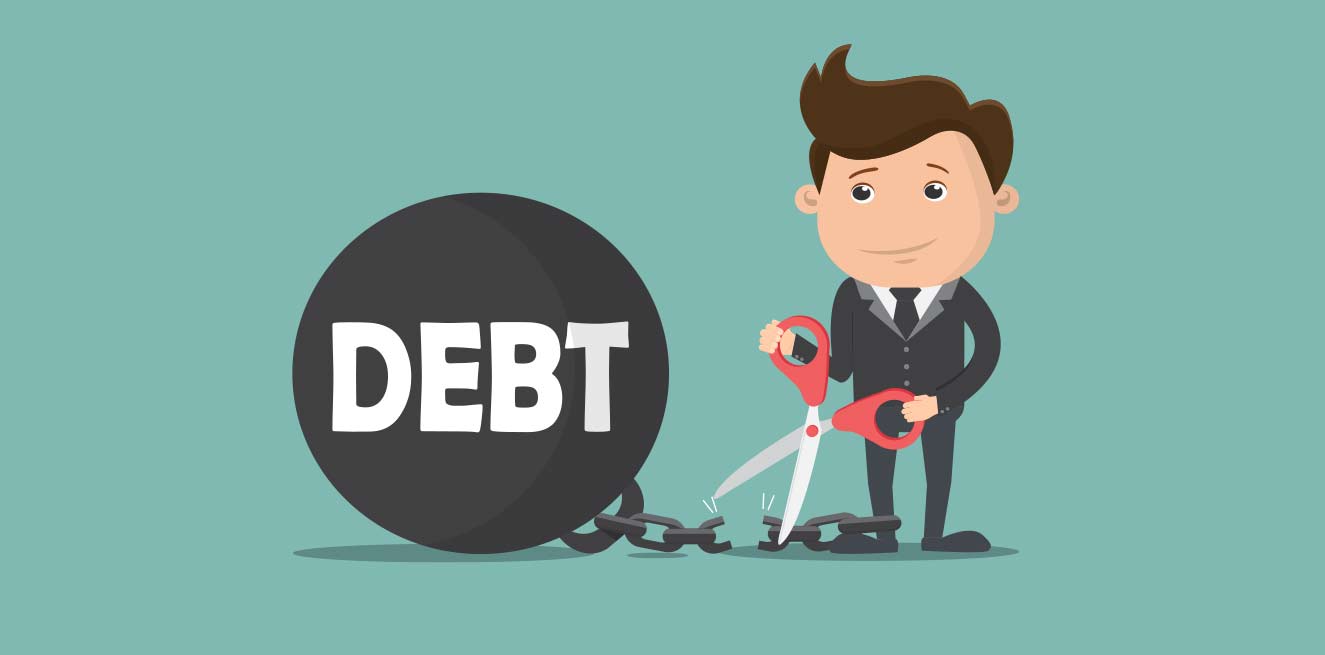
Ever felt trapped by your growing amounts of debt? It can accumulate fast and leave you in a deep financial hole. The more debt you have, the harder it may feel to achieve financial stability. By understanding the categories of debt, you can learn how to put a repayment strategy in place.
There are four primary categories of debt:
- Secured Debt – Debt backed by collateral, with failure to pay to result in repossession
- Example: A mortgage or car loan
- Unsecured Debt – Debt that is not backed by collateral, under which failure to pay can result in lawsuits
- Example: Student loans
- Revolving Debt – Open credit lines with debt payments dependent on the total amount borrowed
- Example: Credit cards
- Non-Revolving Debt – Debt paid back through fixed payments over a set amount of time
- Example: A mortgage or personal loan
There are two types of interest rates for debt:
- Fixed Interest Rate – The interest rate on the debt is set and does not change
- Variable Interest Rate – The interest rate fluctuates based on market interest rate changes
These four strategies can help you escape and avoid the cycle of growing debt:
- Prioritize Debt – Focus on paying off variable high-interest debt first. You should target your highest interest debt first, as that will be the most expensive over time. An increased variable rate may result in even more expensive payments in the future as well.
- Limit Credit Card Expenses – Limit credit card expenses to only what you can afford to pay. When you do use your credit card, be sure to make payments on time. Missed credit card payments can pile up, due to late fees, leaving you a growing mountain of debt.
- Develop Emergency Funds – Emergency funds can ease your debt payments. This reduces the need to take on more debts. An emergency fund can cover unexpected expenses, such as car repairs.
- Develop an Action Plan – It can be helpful to develop a strategy for tackling debt. Build a budget that covers the required minimum payments. Having a budget in place will make it easier to pay on time and less stressful knowing that you’re on track to settle your debts.
To recap, find out what kind of debts and interest rates you have. Then, deploy a pay-off strategy to help prevent the build-up of further debt. You can take the first steps to build a pay-off strategy right now by using the MERS Accelerated Debt Payoff Calculator to see how you can speed up your debt payoff schedule. This will enhance your overall retirement readiness and financial stability in the future.
